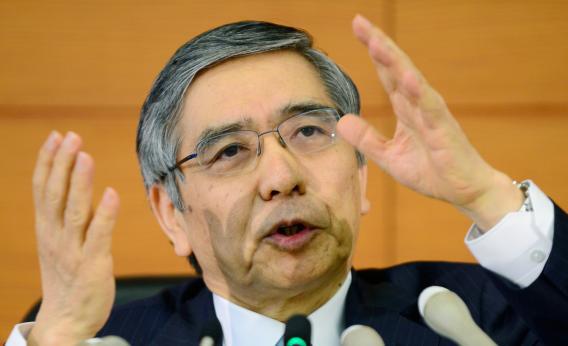Countries that engage in bold acts of monetary stimulus typically see their currency depreciate substantially. That’s led to the idea that monetary stimulus—or at least monetary stimulus at the zero bound—is all about exchange rates and exports and thus either something that only small countries can do or else something that only one country can do at a time. Lars Christensen has a good post showing that this is not historically the case—whether you’re talking about the US in 1933 or Argentina in 2002 or Japan today, the boost comes mostly from domestic sources.
One way to think about it is that if you degrade money’s use as a store of value, people naturally try to trade money for other kinds of things that store value. One possibility is to buy shares on the stock market. Another option is to go buy stuff that lasts a long time. That could be a new car or boat or refrigerator or add an addition to your house or redo the kitchen. Some of this shows up as increased consumption spending and some as residential investment. The of course you have the shares. Higher share prices make it easier for firms to raise capital by issuing shares (though this is rare in practice) but also shift the calculus against using profits for buybacks and in favor of using them to fund investments. High share prices also make it easier for companies to do stock aquisitions of small firms, which can directly and indirectly boost investment.
And of course exports do go up! But even there, what’s significant is that the exporting raises exporters’ income and thus lets them buy more stuff domestically, while firms make investments necessary to meet foreigners’ demand for exports. The point is that across the board it’s domestic demand that matters most.
